I can’t believe it’s been six years since Sony released the original PSVR to consumers. I vividly remember playing the demo unit at PAX East then waiting all day for UPS to deliver my package. You can read our review of the original PlayStation VR , but this is 2023 and this is my impression on PlayStation VR 2. So let’s dive in!
A Fresh Yet Familiar Design
Sony got some things right with the original PSVR like the push button to extend the headset and the dial to lock it in place. I’m happy to report Sony kept what worked, while also improving on key complaints users had and adding killer new hardware features along the way. First off, the headset for PS VR2 is a bit lighter at 560 grams (1.2 lbs) compared to PSVR’s 600 grams (1.3 pounds) and, while that doesn’t look like a lot on paper, the weight reduction coupled with the numerous headband improvements make for a more comfortable experience.
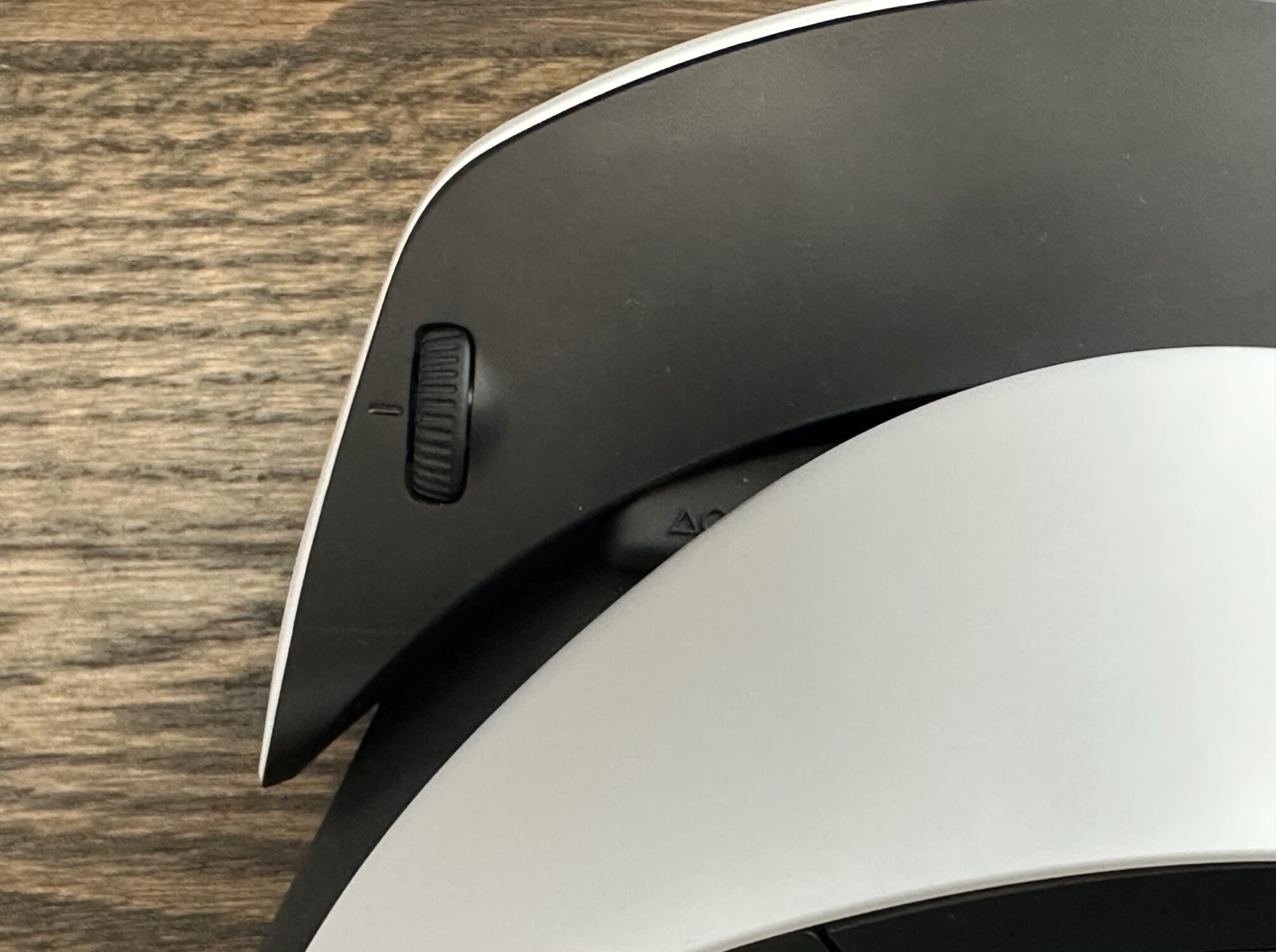
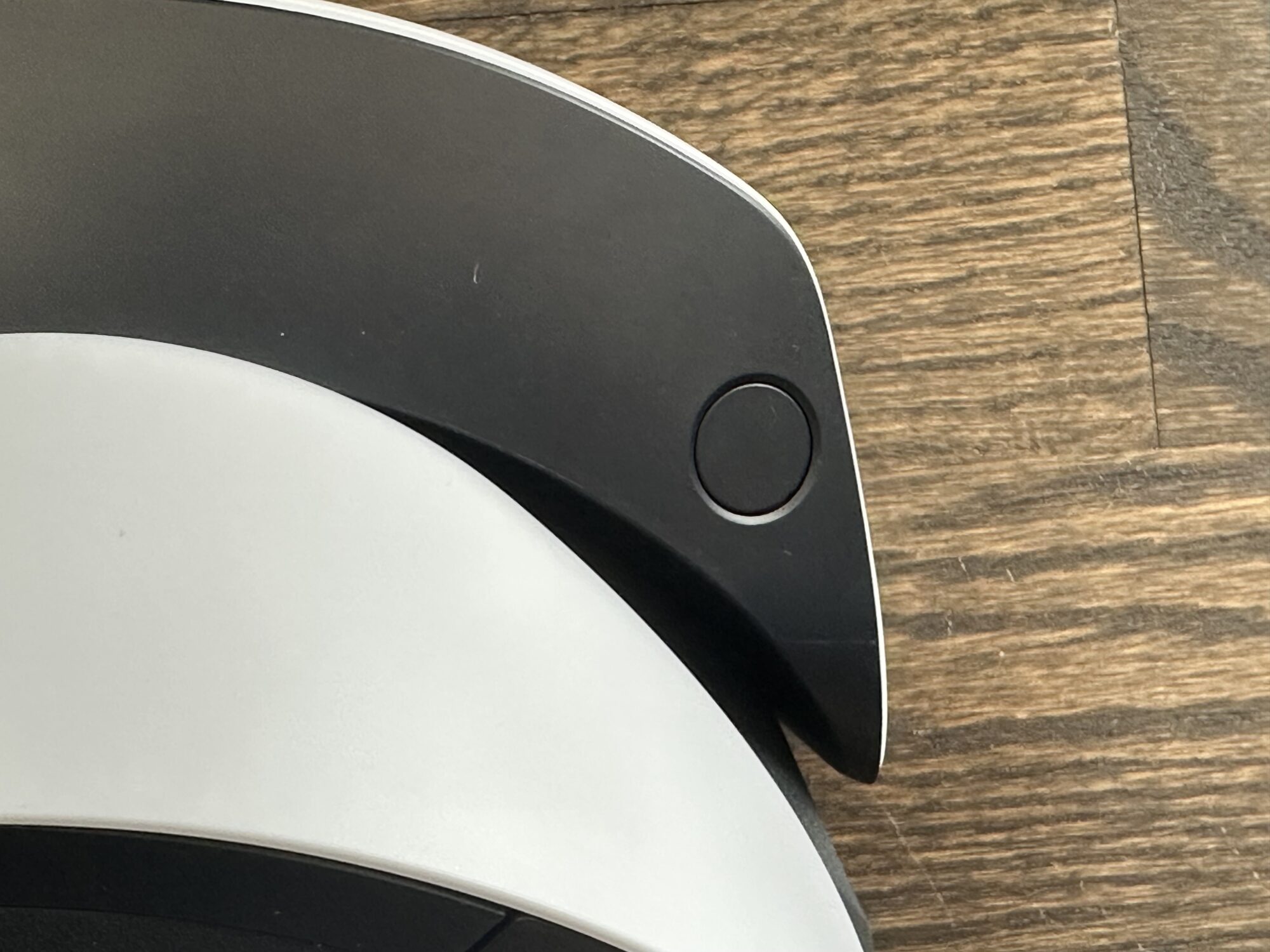
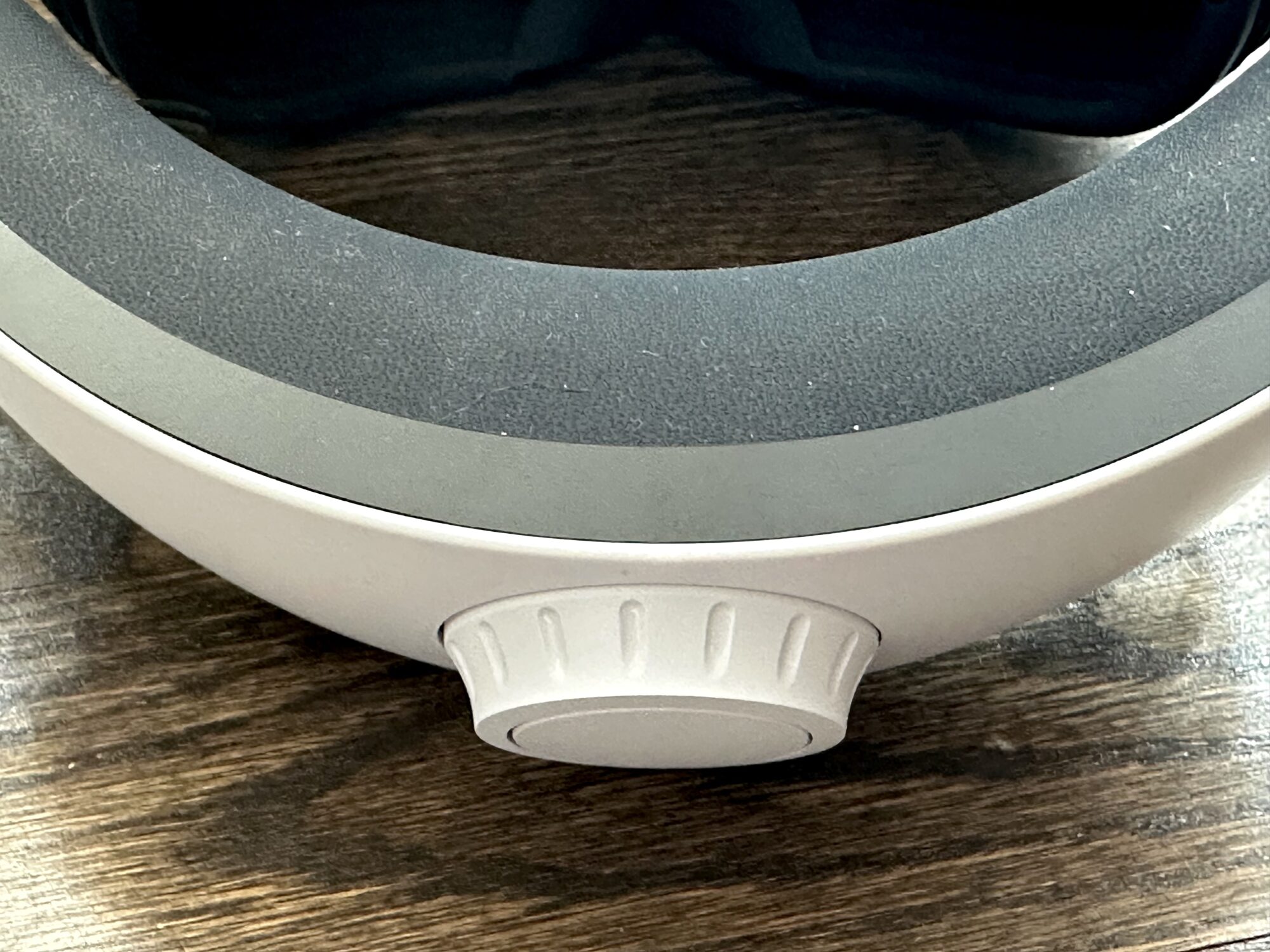
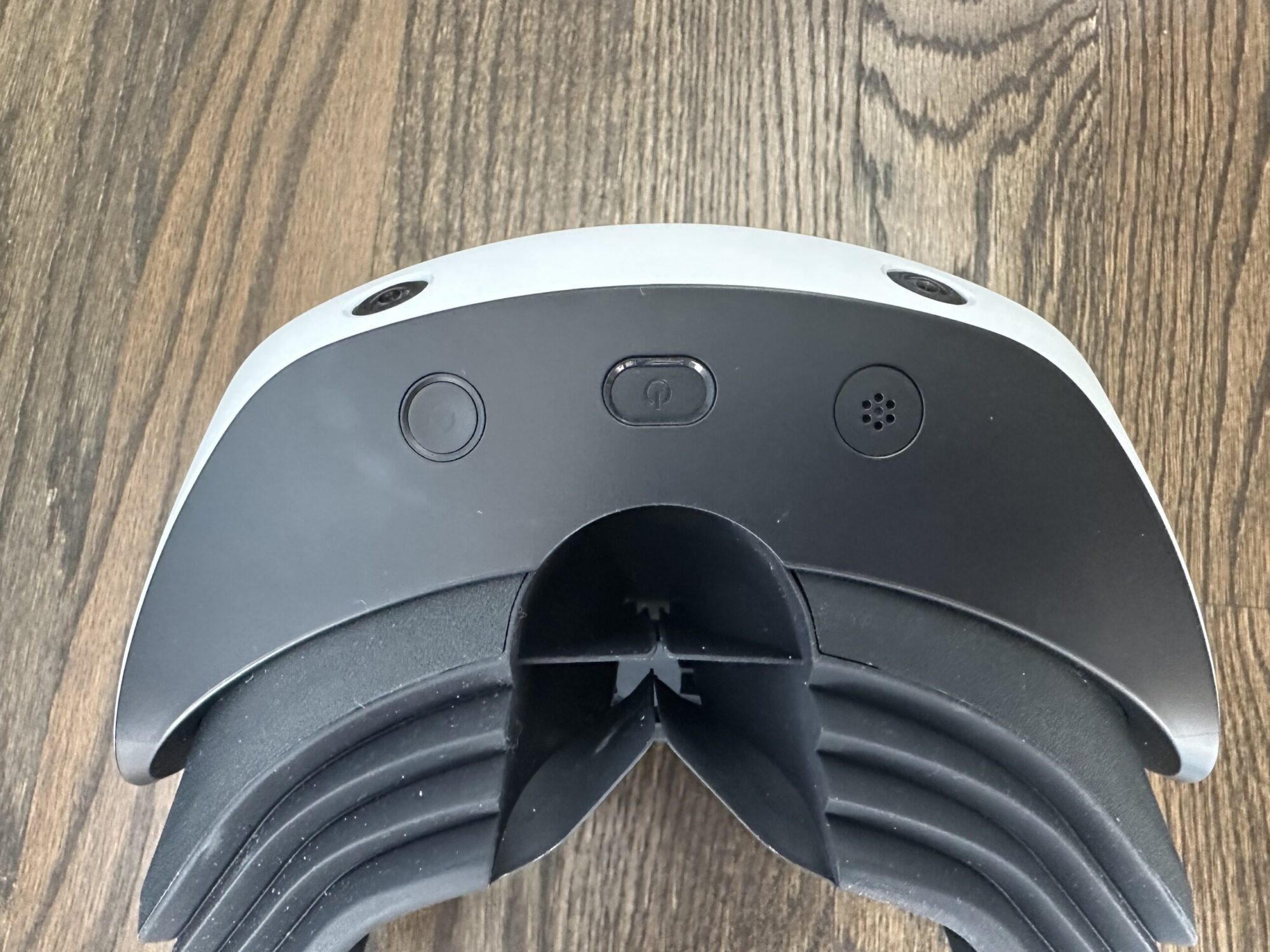
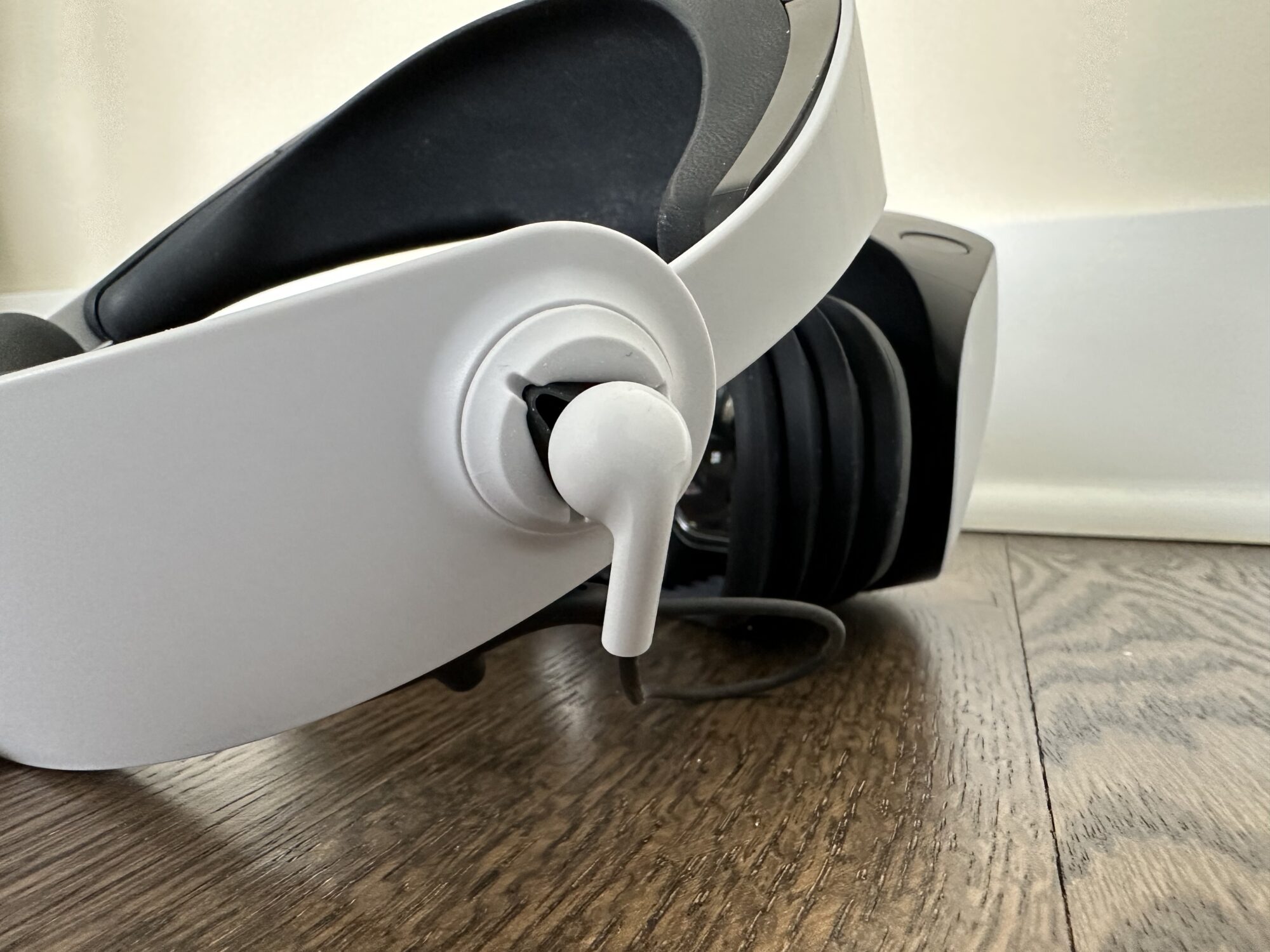
One design change I immediately noticed that made me so happy is the switch in materials to silicon for PS VR2’s headband in place of the foam with pleather coating used on the original PSVR. This is huge for me because I had to peel off all the pleather from my original headset as it started crumbling over time from wear. This was not only annoying, but also left the raw foam exposed which can’t be sanitary whereas the silicon option on the VR2 makes it super easy to clean.
Major Advancements Now Come Standard
At first glance, the initial cost of PS VR2 could give sticker shock compared to the original…..except when you factor in the actual cost of the first headset’s total setup. When Sony announced the first PSVR, they had a core bundle and a launch bundle. The core bundle was $150 cheaper than PS VR2 at $399 but didn’t include the camera or move controllers, both of which were obviously required to use the headset. This move made sense for the PlayStation faithful who may have had leftover Move controllers and a PlayStation camera lying around from Sony’s failed motion control phase back on the PS3. The launch bundle, then, contained the headset, two move controllers, and the camera for $499, or only $50 cheaper than the bundle Sony offers for PS VR2 today. If i’m being completely honest, that extra $50 asking price is warranted when you consider the significant hardware upgrades Sony’s new headset packs in. Here’s the rundown of what it’s packing:
| Display | 4K OLED, 2,000 x 2,040 per eye |
| Refresh rate | 90Hz, 120Hz |
| Field of view | 110 degrees |
| Sensors | 6-axis motion sensing system, IR camera, capacitive controller sensors, IR LED position tracking |
| Feedback | Haptics on controllers and headset |
| Features | Eye tracking, adaptive triggers, Tempest 3D Audio |
| Connectivity | USB-C, Bluetooth 5.1 |
| Weight | 19.8 ounces/560g |
These are some pretty major upgrades from the original PSVR. Not only has the tech changed significantly, but the new controllers, tracking system, and haptics combine to create a far more immersive experience, which is exactly the kind of thing that’s a selling point for virtual reality. Okay, so fancy new hardware is to be expected, but how do they improve the experience compared to the VR devices of past?
In short, a lot.
A Major Upgrade in Experience and Usability
All these hardware upgrades would be for naught if they didn’t come together to enhance what it’s like to use the new headset from day to day in a meaningful way. I’m happy to report that, from the moment I took our PS VR2 out of the box, the experience was far superior.
For one thing, the headset retains its premium feel and build quality. Connecting it to PS5 is done with a single USB-C cable compared to the original’s rat’s nest of HDMI cables, connection cables, and the external power supply cable going to the breakout box from the headset to the PS4 and then to the TV. Another annoyance of the last gen headset for early adopters was the box’s lack of HDR pass through support (HDR came to all PS4 models later in the console’s life via a software update), requiring users to toggle HDR off or disconnect the PS4 from the PSVR box and back to the TV in order to use HDR for regular games.
The tracking capabilities are far superior with the new camera system which enables 360 degree freedom of movement and room scale play. It’s not hard to imagine the upgraded experience inside out tracking offers, but compared to the hack job that Sony cobbled together with the PS4 camera and the aging Move controllers, the new system is on a whole other level. Sure, competitors have had room scale, but not with the simplicity of Sony’s headset at this price point. There’s no need to place sensors around the room to determine your place inside the play area because it’s all tracked via the sensors built into the headset itself.
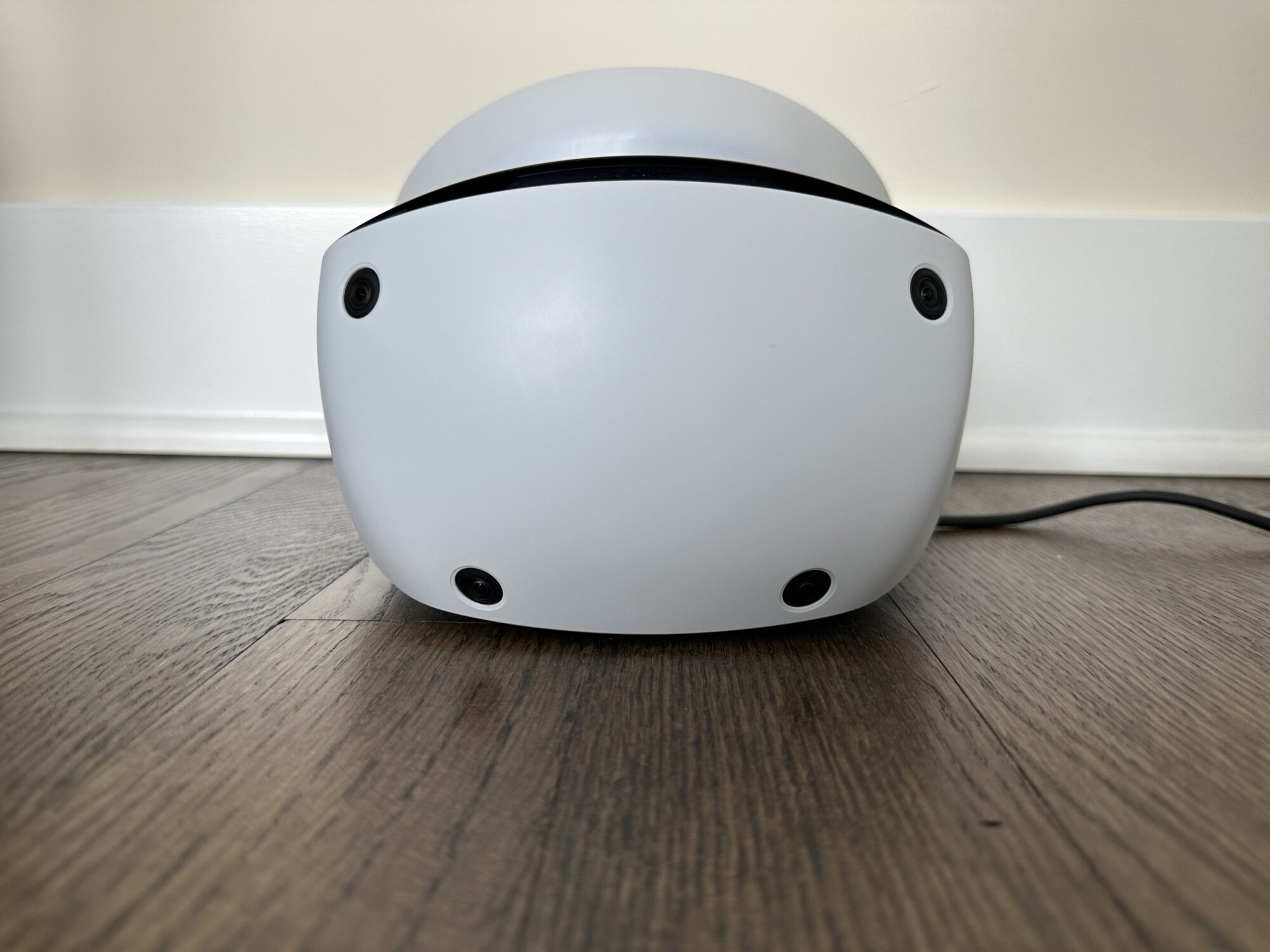
PS VR2 has other tricks up its sleeve too, like haptic feedback built into the back of the headset which made the stomping of the T-Rex in Jurassic World Aftermath feel that much more real with each massive iconic stomp. There’s also eye tracking now that enables easier menu navigation and super precise aiming in games like Rez Infinite, which I think is really really cool in a futuristic sci-fi way.
I’m also appreciative that eye tracking works for me because since the original PSVR’s release, I am now mostly blind in my left eye. My left eye still moves with my right one, but I had never used eye tracking and honestly wasn’t sure if it would work. I’m happy to report, as a one-eyed gamer, that my PS VR2, and VR experience in general, seems to be uninhibited. The four cameras also allow for a new See Through mode which I use quite frequently. Pressing the function button on the bottom right of the visor instantly suspends the game and shows what’s in front of you in the real world. Even better, the resolution is just good enough that I can usually read any messages I receive in my phone.
Very nice!
As for battery life, each controller gets approximately 4 – 5 hours of game time which, to be honest, is fine by me as I personally don’t find myself playing in that long of a stretch all at once anyway. I usually clock in 2 – 3 hours before I do something else and then will sometimes come back. They top off fully charged in about an hour and a half in the docking station. The headset itself comes with a USB-C cable and, when paired with the one I forgot the PS5 includes for charging the Dualsense controller, you can get the same thing accomplished. Now this could have been launch day bugs, but I wasn’t able to reliably charge either or both controllers with the PS5 in sleep mode and had multiple occasions where I went to play only to realize a controller or both simply hadn’t charged. Because of this, I honestly find the simplicity and reliability worth the $49 asking price for Sony’s well constructed dock. I also like the way it looks and that I have somewhere to keep my controllers neatly stored.
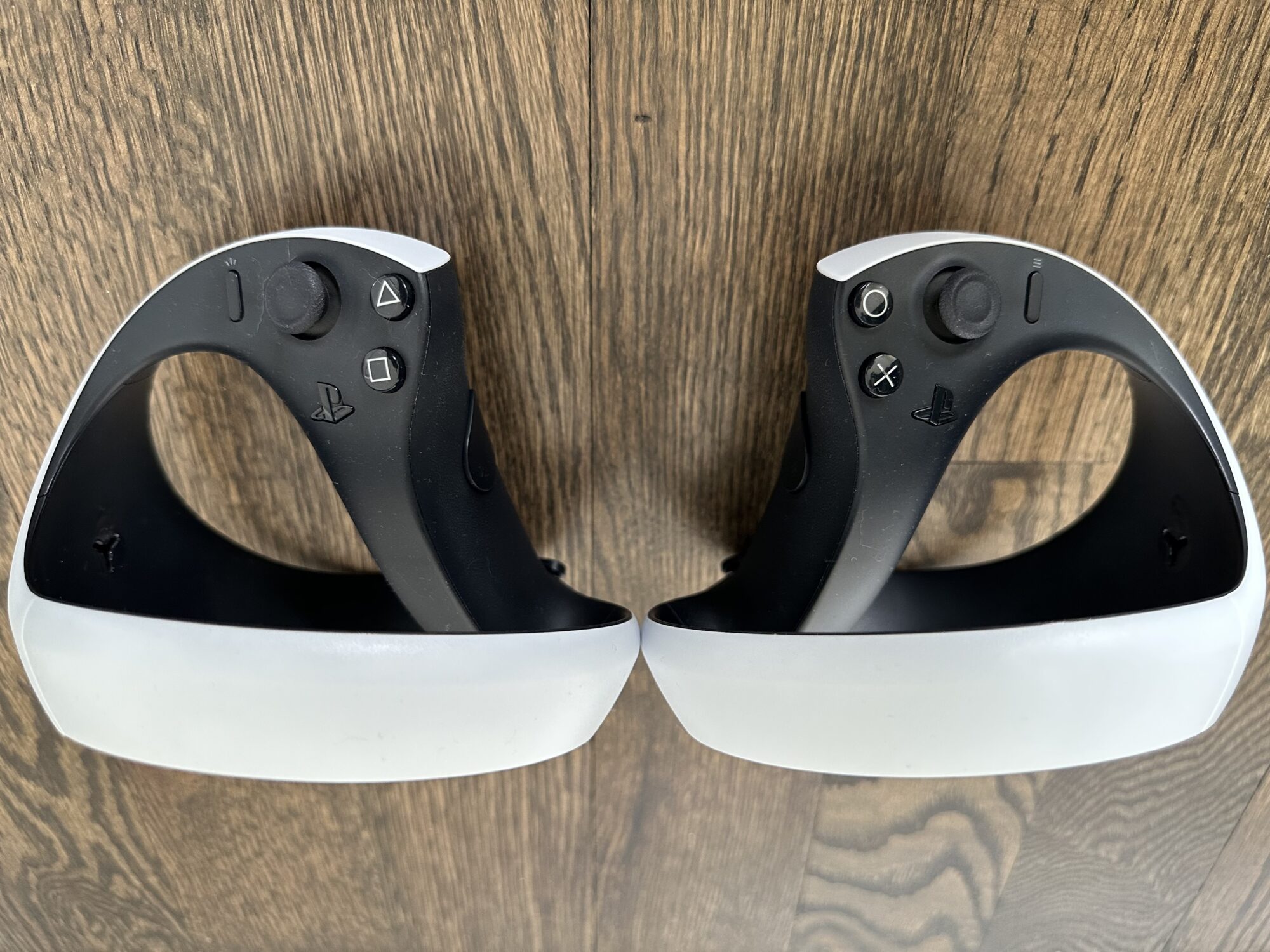
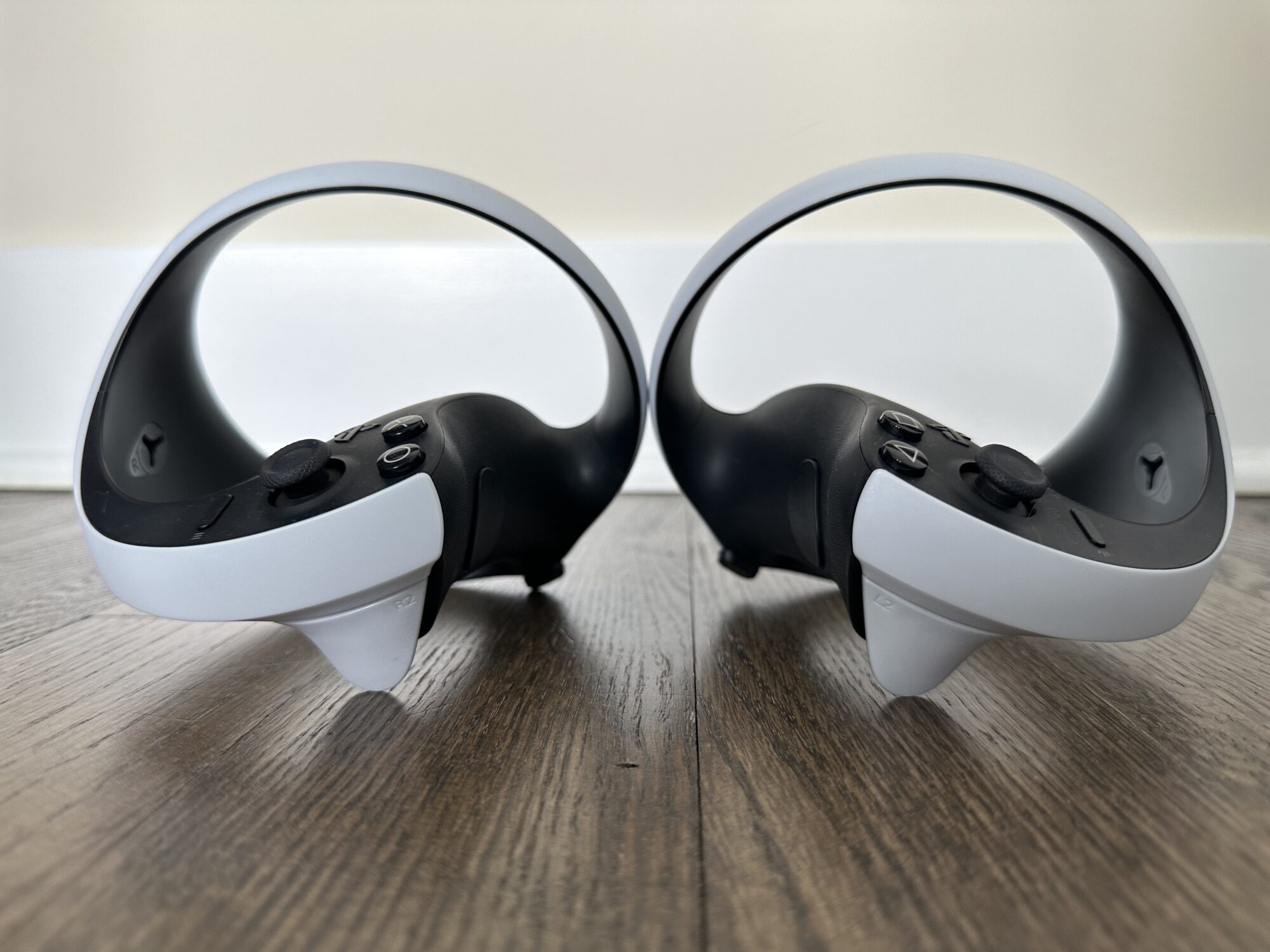
Let’s talk about the fancy new controllers. For starters, there’s now joysticks on each controller which enables far greater freedom of movement. As someone who fortunately doesn’t get sick with smooth locomotion in VR games, this makes titles like Zenith The Last City not only more playable, but far more immersive. The far superior tracking, 360 freedom of movement, and haptics all come together to make titles like Star Wars Tales from the Galaxy’s Edge give me the feeling that I’m in the world. To be fair, the original PSVR was immersive as well, but the new tech PS VR2 is packing and comfort of the controllers really sells it.
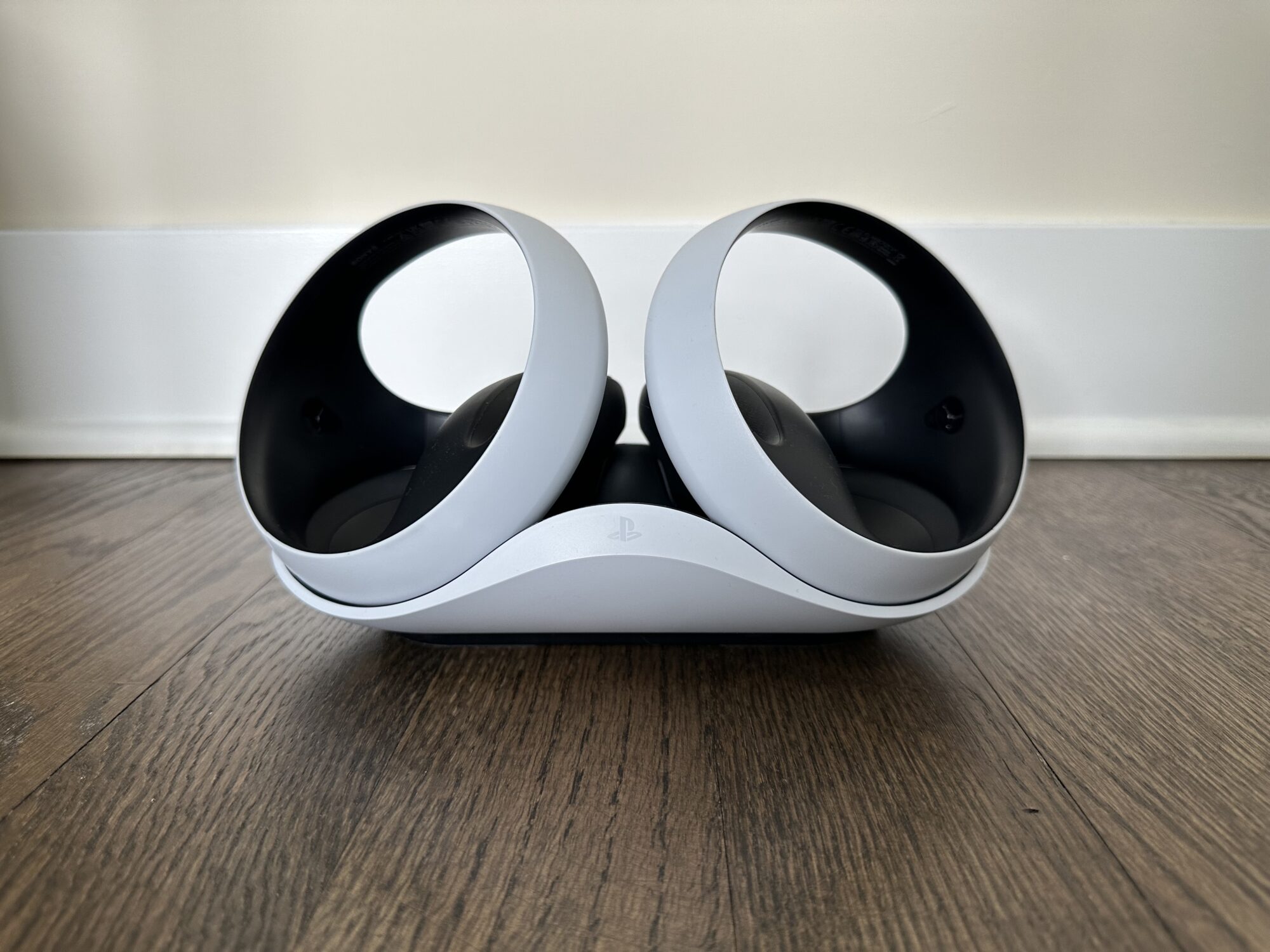
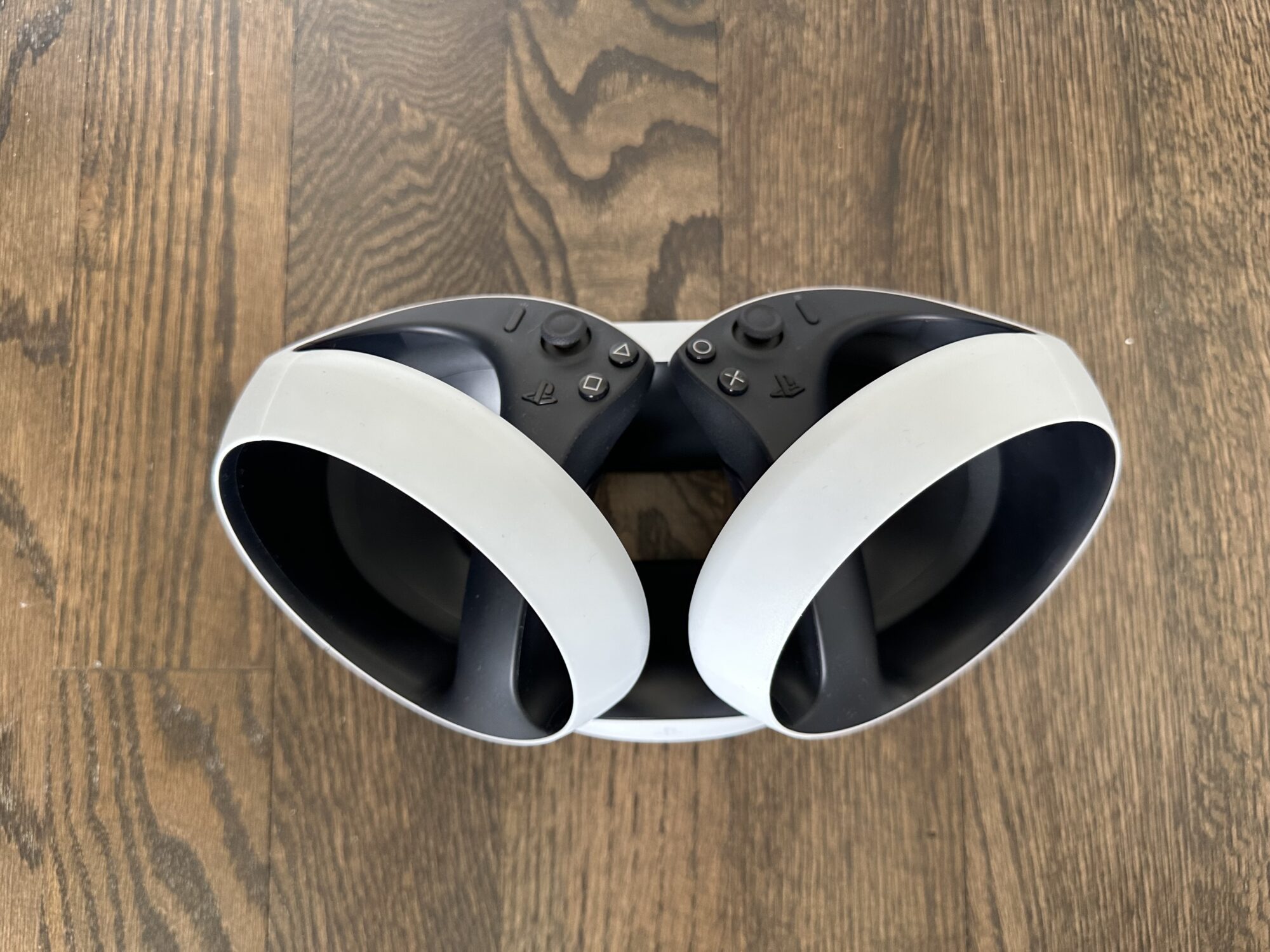
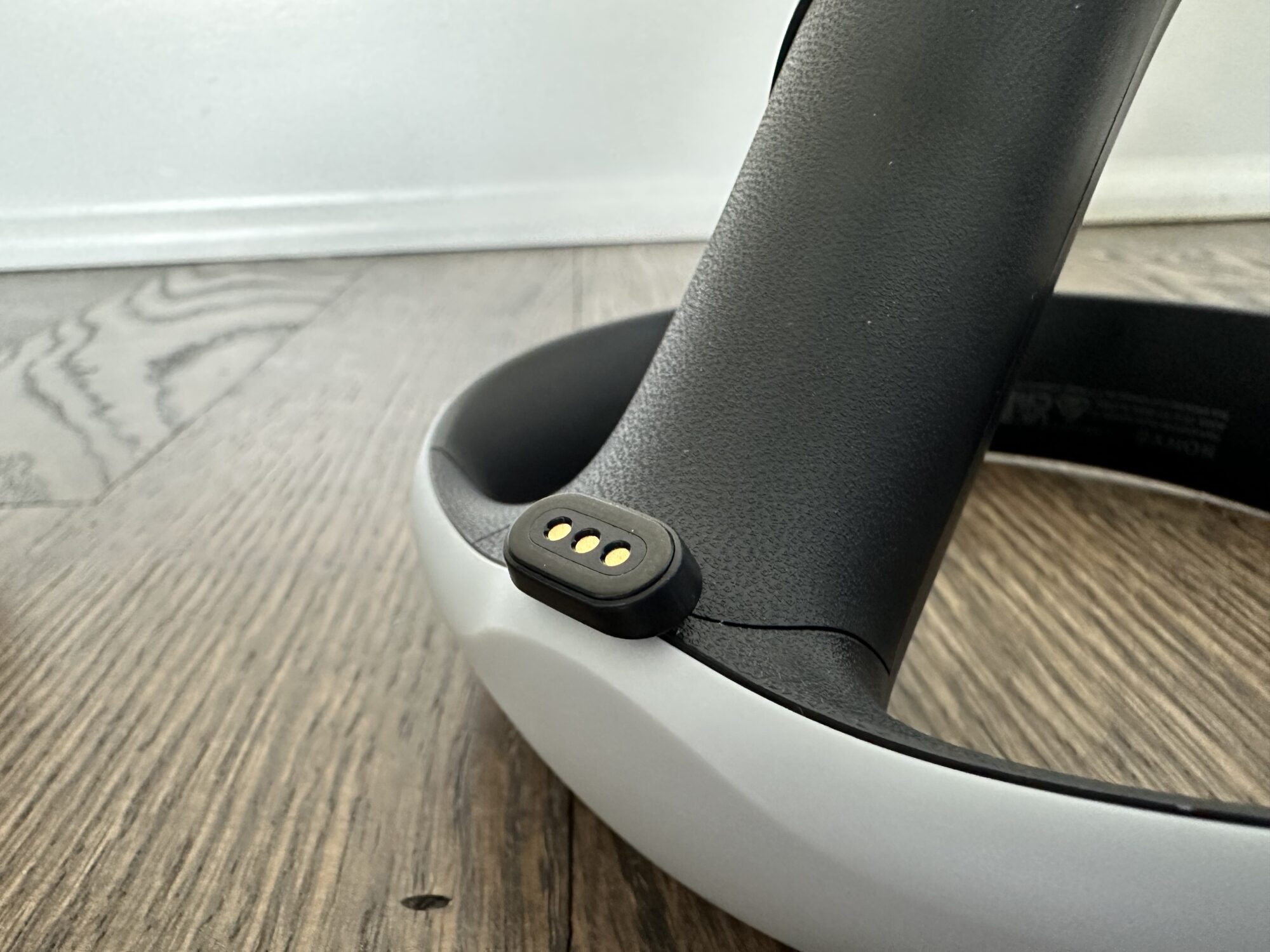
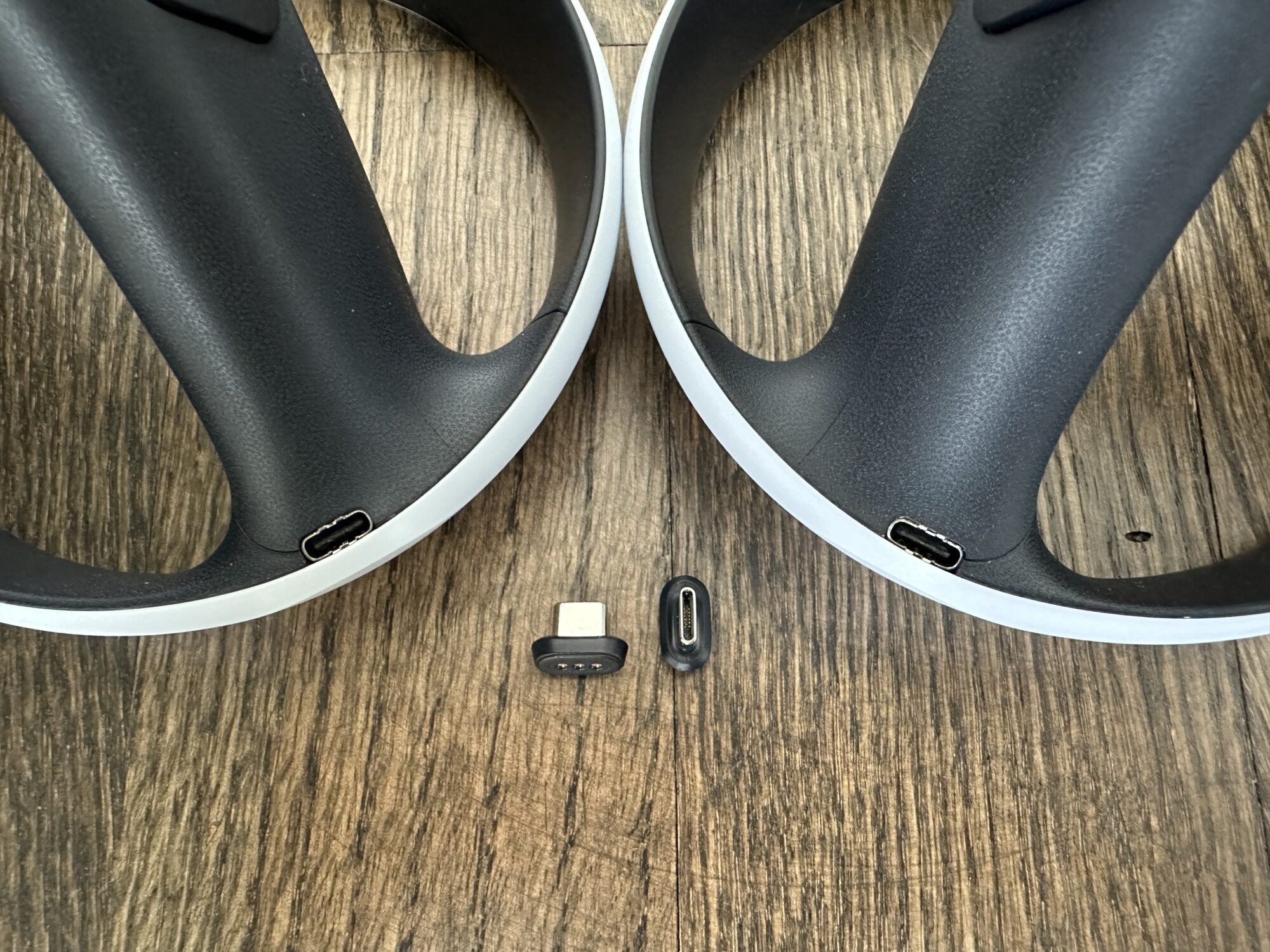
But Does it Have Games?
Ah yes, killer hardware is nothing without killer games. The Wii U was a relatively capable box, but lacked a killer app at launch and while I’ll acknowledge it had its fair share of gems, they were few and far between. This is my biggest disappointment with Sony’s latest headset if i’m being honest—there’s just not enough compelling content out there. I’m writing my reviews of Jurassic World Aftermath, Moss and Moss: Book II Bundle, and Star Wars Tales from the Galaxy’s Edge, but I can’t help but feel the void. It wasn’t until PS VR2 that I realized how many original PSVR games I own (quite a few) and the fact that I can’t play games like Superhypercube , Astro Bot Rescue Mission, or Superhot feels like a slap in the face.
Sure, the PS5 can play PS4 games, but team blue’s track record for putting any real effort into backwards compatibility (and if they do offer it, not locking it behind a paywall) leaves a lot to be desired. Some developers have been great and included PS VR2 versions via a free update, sometimes with enhancements, while others charge a $5 or so upgrade fee. At first this up-charge bothered me until I realized Sony left these devs out in the cold by making them put in the work to make their games work. I know the tracking systems are different and that PS VR2 allows for more freedom of movement, but why isn’t it possible to mimic the limited movement of the original PSVR? Why not have the game throw me a warning after I calibrate facing the TV and then turn all the way around? I refuse to believe Sony couldn’t have done something here. Give me another option other than telling me to fuck off as a loyal PSVR and VR fan.
I really want PS VR2 to succeed both for PlayStation as well as for the VR industry as a whole. VR is cool. VR is immersive. There’s nothing really like it and I want the medium to be validated and for it to be pushed forward. Sony’s version two is a step in the right direction and at a compelling price point. If only we weren’t in a looming recession and it had games.